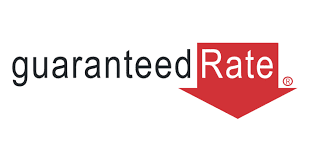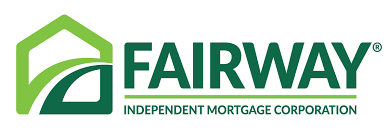To determine the best refinance lenders, we reviewed data from LendingTree’s 35 lender reviews and evaluated the lenders’ refinance loan programs and services.
Each lender review gives a rating between zero and five stars based on several features including digital application processes, available loan products and the accessibility of product and lending information. To evaluate refinance-specific factors, we awarded extra points to lenders that publish a wide variety of refinance rates online, offer the most conventional and government-backed refinance loan types and offer renovation refinance loans for homeowners that want to fix up their homes and roll the costs into one loan.
Our editorial team brought together the star ratings, as well as the scores awarded for refinance-specific characteristics, to find the lenders with a product mix, information and guidelines that best serve the needs of refinance borrowers. To be included in the “best of” roundup, lenders must offer mortgages in at least 35 states.
 Back to lender summary
Back to lender summary








